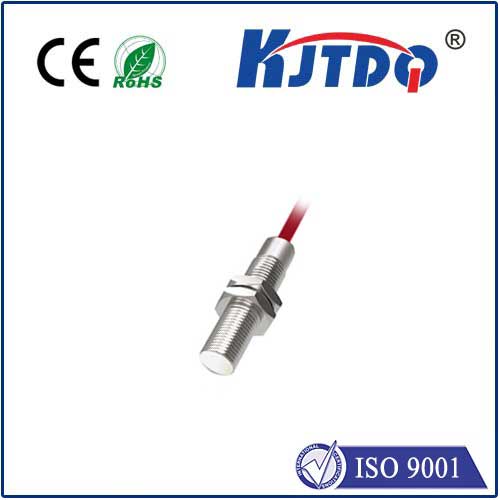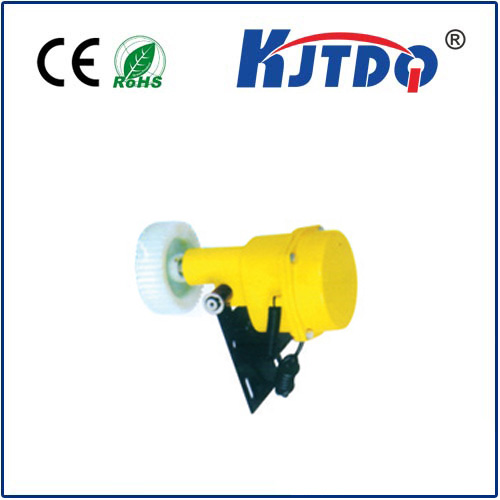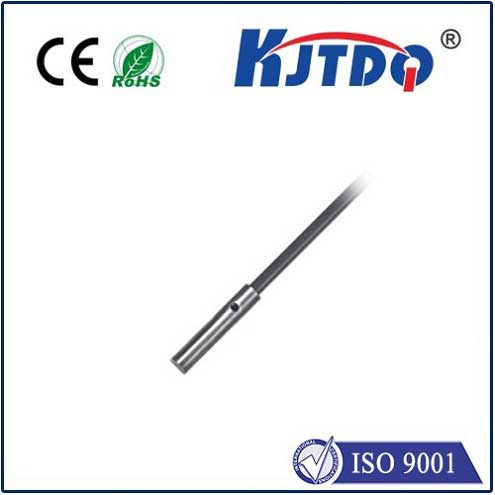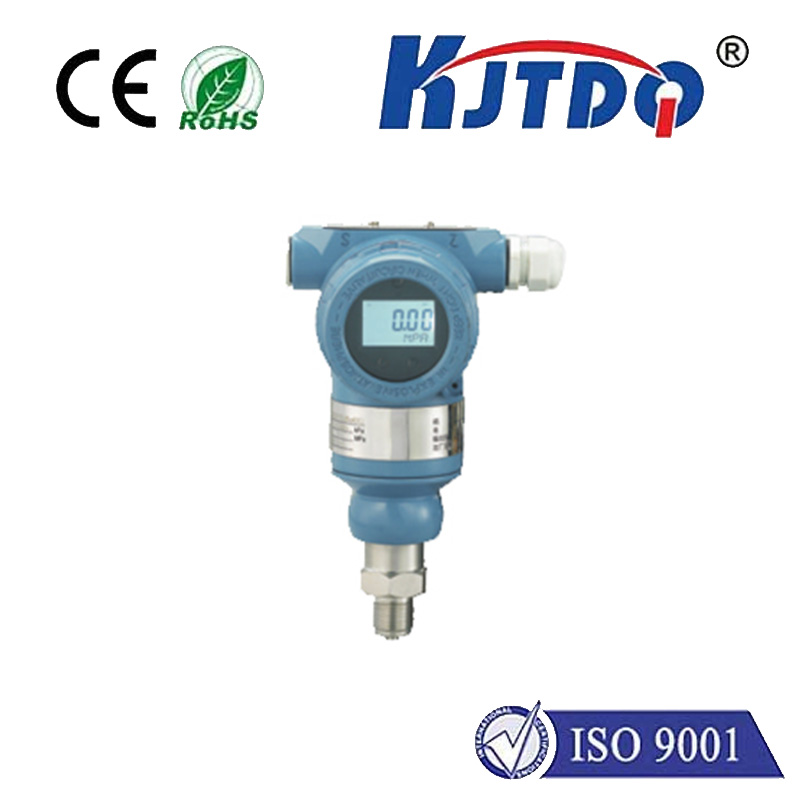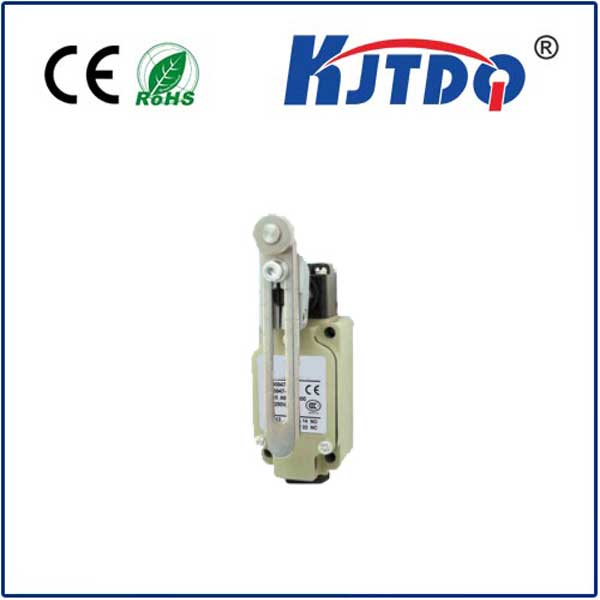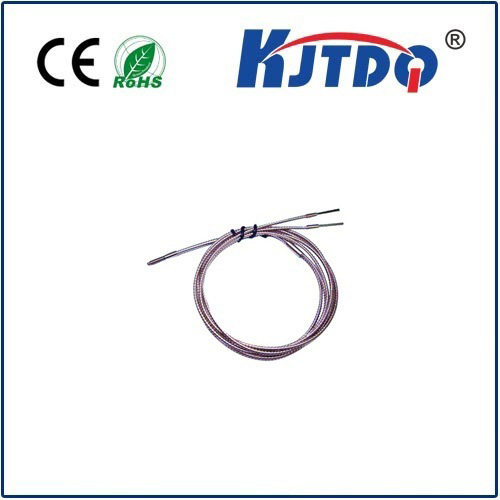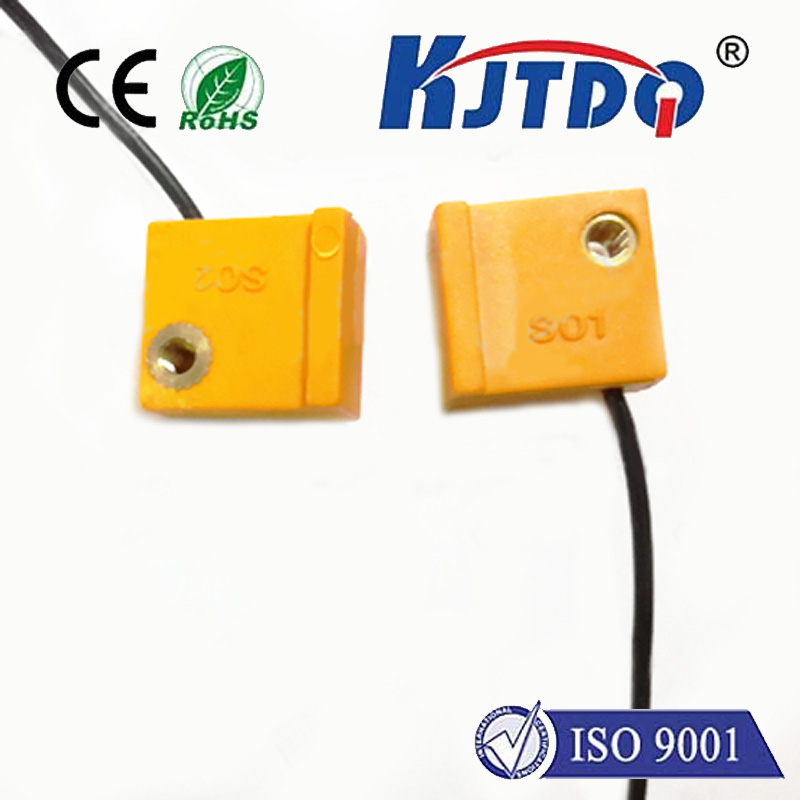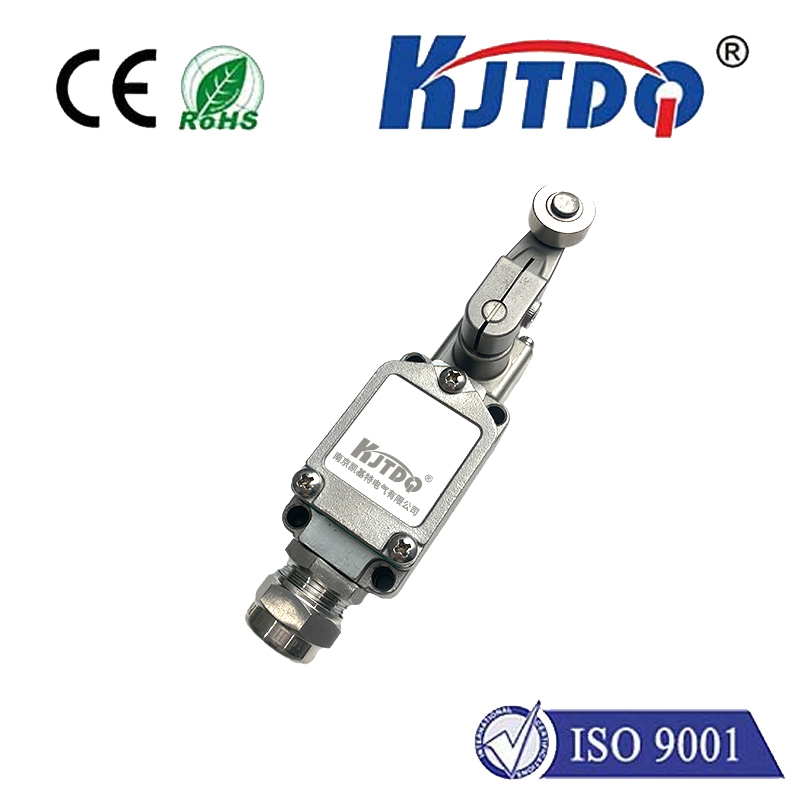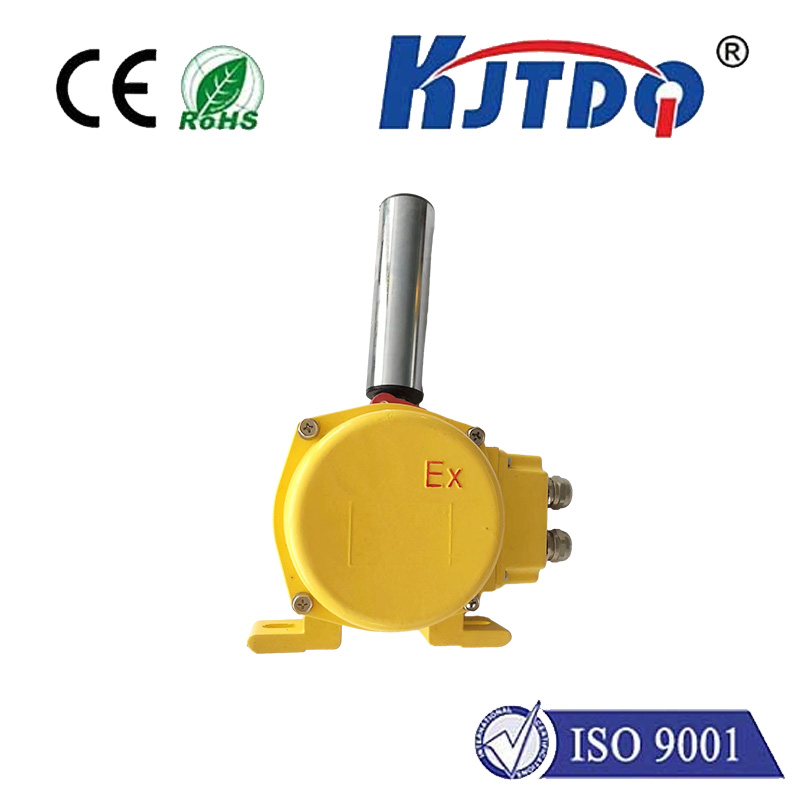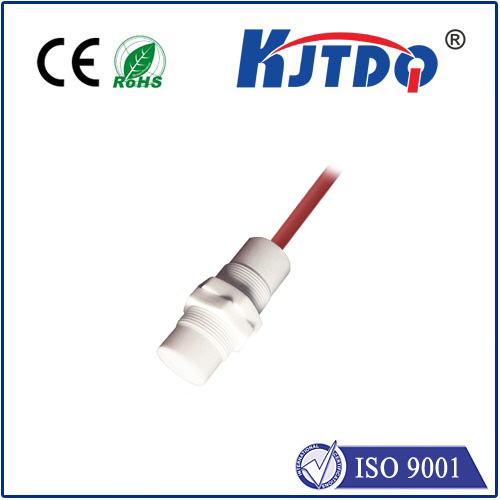m8 inductive proximity sensor
- time:2025-06-13 01:30:25
- Нажмите:0
M8 Inductive Proximity Sensors: Your Compact Solution for Robust Metal Detection
In the intricate dance of modern manufacturing and automation, reliability is paramount. Machines need to “see” their surroundings, track components, and confirm positions without fail, often in incredibly confined or challenging environments. That’s where sensors like the M8 inductive proximity sensor truly shine. This unassuming, cylindrical workhorse has become a cornerstone of countless industrial applications, offering a powerful blend of compactness, durability, and precision metal detection. Understanding its capabilities is key to optimizing processes where space is tight and performance is non-negotiable.
Demystifying the Technology: How M8 Inductive Sensors Work
At its heart, an индукционный датчик приближения detects the presence of metallic objects without physical contact. The M8 designation specifically refers to its threaded barrel diameter of 8 millimeters, a standardized size offering significant space savings compared to larger variants like M12 or M18.
Here’s the core principle:

- Oscillator & Coil: Inside the sensor’s tip lies a ferrite core wrapped with a coil. An internal oscillator circuit generates a high-frequency electromagnetic field radiating from the active face.
- Eddy Currents: When a metallic target (ferrous metals like iron or steel are most readily detected; non-ferrous metals like aluminum, brass, or copper are also detectable, often at reduced sensing ranges) enters this field, it induces small circulating electrical currents known as eddy currents within the target material.
- Energy Loss & Detection: The creation of these eddy currents draws energy from the sensor’s oscillating circuit. This energy loss causes a measurable change – typically a reduction in the amplitude of the oscillation.
- Signal Processing & Output: The sensor’s internal evaluation circuit continuously monitors this amplitude change. Once the fluctuation exceeds a predefined threshold (indicating a target is sufficiently close), the sensor instantly switches its output state. This output signal is then used by the machine’s control system (like a PLC) to trigger actions – stopping a conveyor, counting parts, verifying robot tool presence, or initiating the next step in a sequence.
Key Advantages Driving Adoption
The M8 inductive proximity sensor’s popularity stems from several crucial benefits:
- Compact Size (M8 Form Factor): The 8mm diameter is invaluable in applications where mounting space is severely restricted. Think small robotic grippers, compact machinery, tool changers, or densely packed assembly lines.
- Robustness & Longevity: Engineered for harsh industrial environments, they typically feature an all-metal housing (stainless steel or brass) offering excellent resistance to impact and vibration. High IP ratings (like IP67 or IP69K) ensure reliable operation despite exposure to dust, oil, coolants, and high-pressure washdowns. Their non-contact sensing principle eliminates mechanical wear, contributing significantly to their long operational life.
- High Switching Speeds: Capable of detecting targets at frequencies measured in Hertz (Hz), suitable for high-speed counting and position verification tasks.
- Repeatability and Accuracy: These sensors provide consistent and repeatable detection at their specified sensing distances.
- Simplicity: They require only a DC power supply and offer a straightforward digital output signal, making them easy to integrate into existing control systems.
- Cost-Effectiveness: Offering reliable performance without complex optics or moving parts, they present a very economical sensing solution for metal detection.
- Target Insensitivity: Unlike some sensors, they are generally unaffected by the target’s surface finish (dust, oil, paint within reasonable limits) – they sense the underlying metal.
Critical Specifications to Consider
Choosing the right M8 sensor requires understanding these parameters:
- Sensing Distance (Sn): The nominal distance at which the sensor reliably detects a standard target (usually a 1mm thick square mild steel plate). M8 sensors typically offer ranges between 1mm to 4mm. Crucial for ensuring the target comes within range during operation. Note the difference between flush-mountable (can be mounted flush in metal) and non-flush mountable (requires a free space around the sensing face, often offering slightly longer ranges) types.
- Target Material: Performance varies. Ferrous metals (Fe) (steel, iron) yield the longest sensing distance. Non-ferrous metals (NF) (aluminum, brass, copper) are detectable but with a reduced Sn (typically 30-60% of the rated Fe distance). Stainless steel (SUS) detection also requires careful consideration and may have a specific reduction factor.
- Output Configuration:
- PNP (Sourcing): The output switches the positive (+) voltage line when active. More common in Europe/Asia.
- NPN (Sinking): The output switches the negative (-) voltage line (ground) when active. More common in North America. Some sensors offer both types via configurable outputs or specific models.
- NO (Normally Open) / NC (Normally Closed): Defines the resting state (no target present) of the output contact.
- Housing Material: Нержавеющая сталь offers the best chemical and corrosion resistance. Brass is common and cost-effective but less resistant to harsh chemicals. Plastic variants exist but are less robust.
- Electrical Connection: Options include pre-wired cables (e.g., PVC or PUR sheathed, 2m long), quick-disconnect connectors (industry-standard M8 or M12 connectors), or small integral connectors.
- Voltage Supply: Typically operate on a range of DC voltages (e.g., 10-30V DC) for broad compatibility. Ensure the sensor’s supply range matches your system.
- Output Current: The maximum current the sensor can safely switch. Commonly 100mA or 200mA, sufficient for PLC inputs and small relays/solenoids.
- Environmental Ratings: МП67 (protected against dust and temporary immersion) is standard. IP69K is essential for high-pressure/high-temperature washdown environments like food & beverage processing.
Where M8 Inductive Proximity Sensors Excel: Applications Galore
Their unique combination of size and reliability makes M8 sensors indispensable across numerous sectors:
- Factory Automation: End-of-stroke detection on cylinders, part presence/absence verification on conveyors, position sensing on linear actuators, machine guarding (confirming safety doors or covers are closed), detecting tools on CNC machines or robotic arms.
- Packaging Machinery: Verifying metal lids, detecting cans/bottles on lines, monitoring filling levels (via metal targets), confirming position of metal cams or actuators.
- Automotive Manufacturing: Countless uses in engine assembly, transmission lines, body-in-white welding robots (confirming fixture clamps), and component handling systems, especially within cramped tooling or end-effectors.
- Перевозка материалов: Detecting pallets, metal rollers on conveyors, position sensing on lifts and stackers.
- Small Robotics & Collaborative Robots (Cobots): Their compact size is ideal for integration into lightweight robot arms and grippers for detecting workpiece presence or end-effector status.
- Food & Beverage (Stainless Steel/IP69K Variants): Used in stainless-steel machinery for detecting metal components, valve positions, or presence of metal containers/trays, even under rigorous cleaning regimes.
Selecting the Right M8 Sensor: Key Considerations
To ensure optimal performance:
- Application Goal: Precisely define what you need to detect (presence

